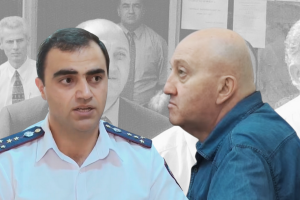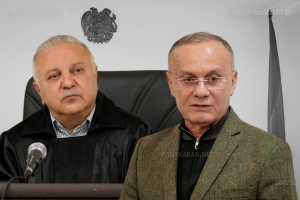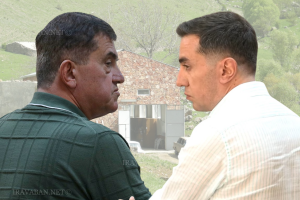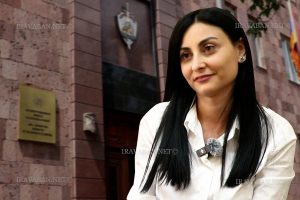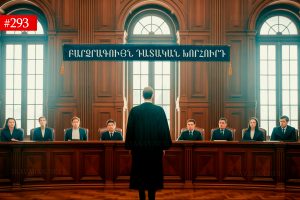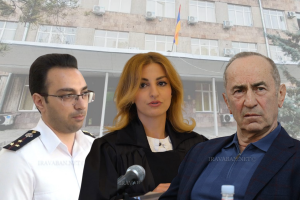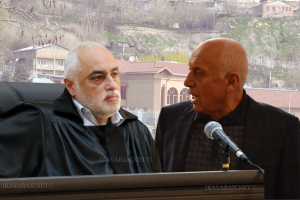The second day of the Summer School on European law started at 9:30am.
AYLA Board Member, Advocate Syuzanna Soghomonyan presented the first theme about the Institutional Structure of the European Union. She spoke about the European Parliament, European Commission, European Council, and the Council of the European Union, European Central Bank etc.
“Though there are 7 main institutes in the European Union, yet if you read different regulatory documents of the EU activities, you will come across a number of other structures, such as the Committee of the Regions, the European Economic and Social Committee, etc,” Syuzanna Soghomonyan said.
Norbert Koster, Judge at the Higher Regional Court in Hamm spoke about the Judicial System of the European Union.
“The judiciary system of the European Union includes the International Court of Justice, the International Criminal Court, the European Union Court, European Court of Human Rights, which was based on the European Convention on Human Rights (Council of Europe) 1959,” , Judge at the Higher Regional Court in Hamm said.
European Court the cases on violations of agreements. This is reserved to consideration of the tribunal. The Commission or the Member state shall have the right to bring a claim. The claim provides possibility to determine whether or not there was a breach of the obligations under the EU law by the member state. Only after the preliminary proceeding the tribunal shall decide whether there is a breach of agreement or not. In case where the member state does not stop the breach the Commission may request the payment of a fine.
The European Court considers also the cases on relevance, inactivity, reparation, disputes between the Union and its servants, appellate proceedings, preliminary ruling proceedings.
“The position of the Federal Constitutional Court of Germany on the tribunal is that the Europeans Court is not appellate court for the national courts,” Norbert Koster noted.
He spoke about the Case Law of the European Court of Justice as well. Further he introduced to the attention of the participants a case which has become a precedent. After that the participants were split into three groups – applicant, respondent and court. Each group discussed the arguments and legal circumstances of the case and as well as the grounds for meeting or dismissal of the claim. The court took a decision after listening to the parties.
The participants met in a football game during the second day of the Summer school.
Iravaban.net




